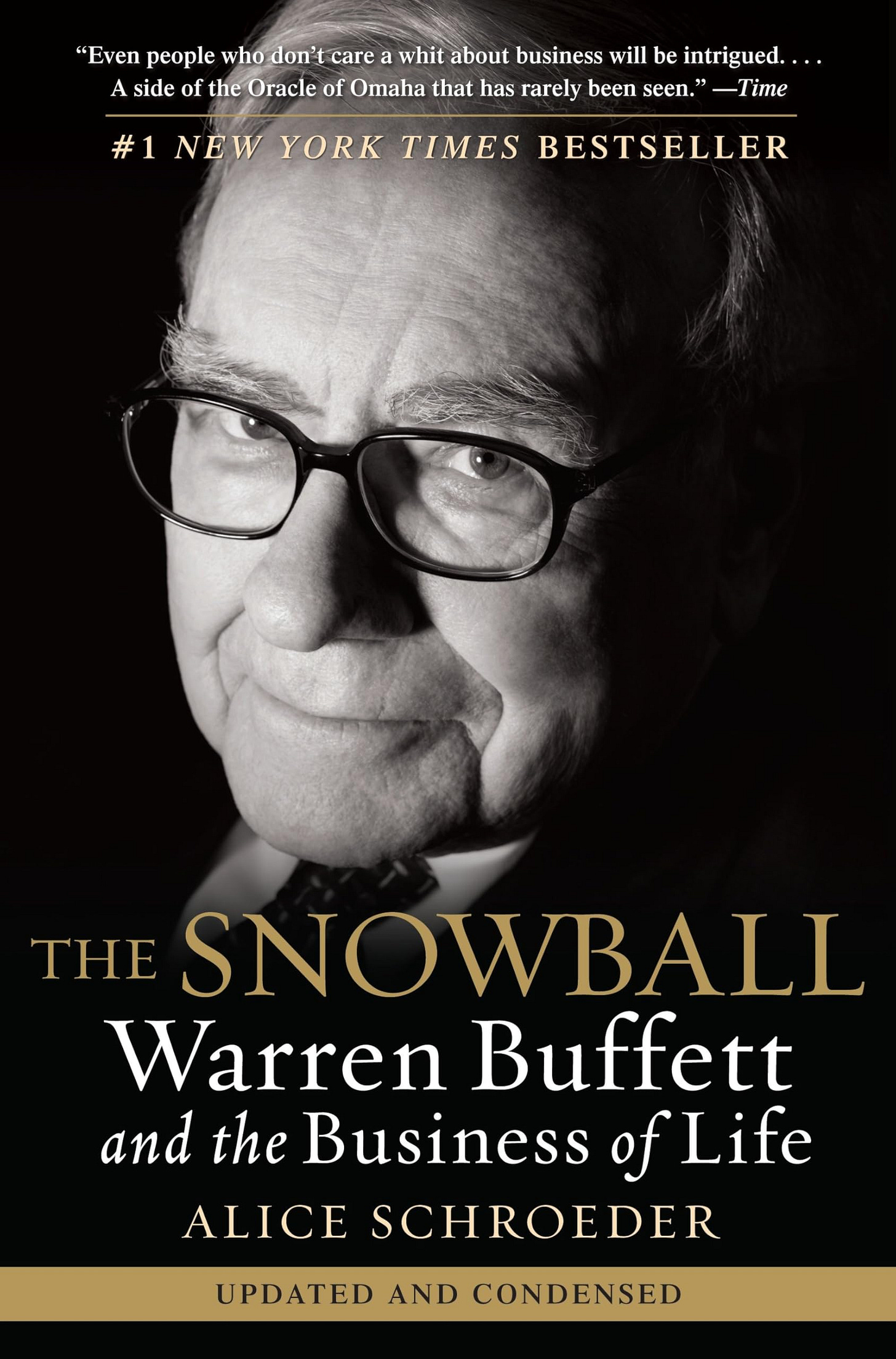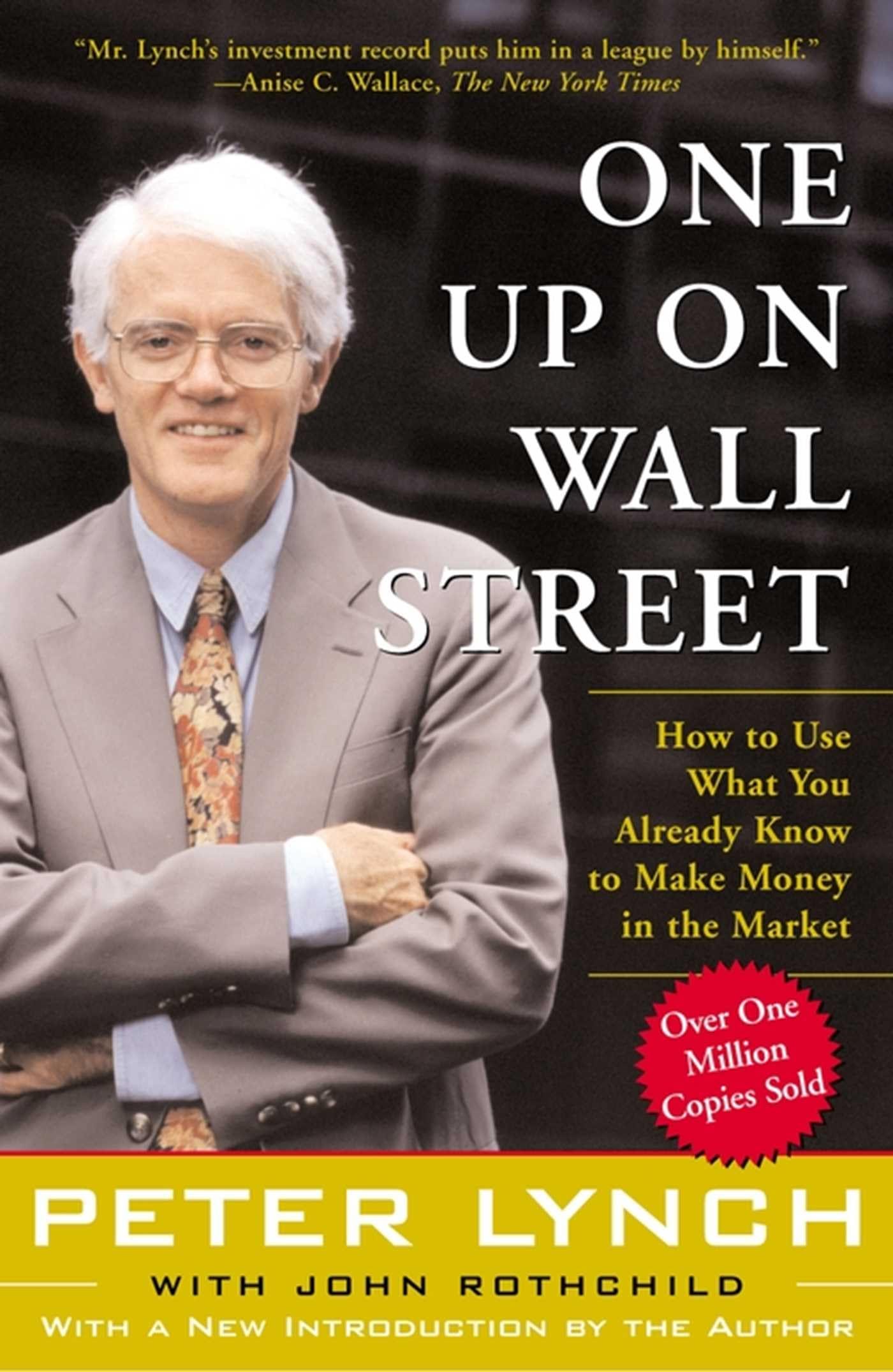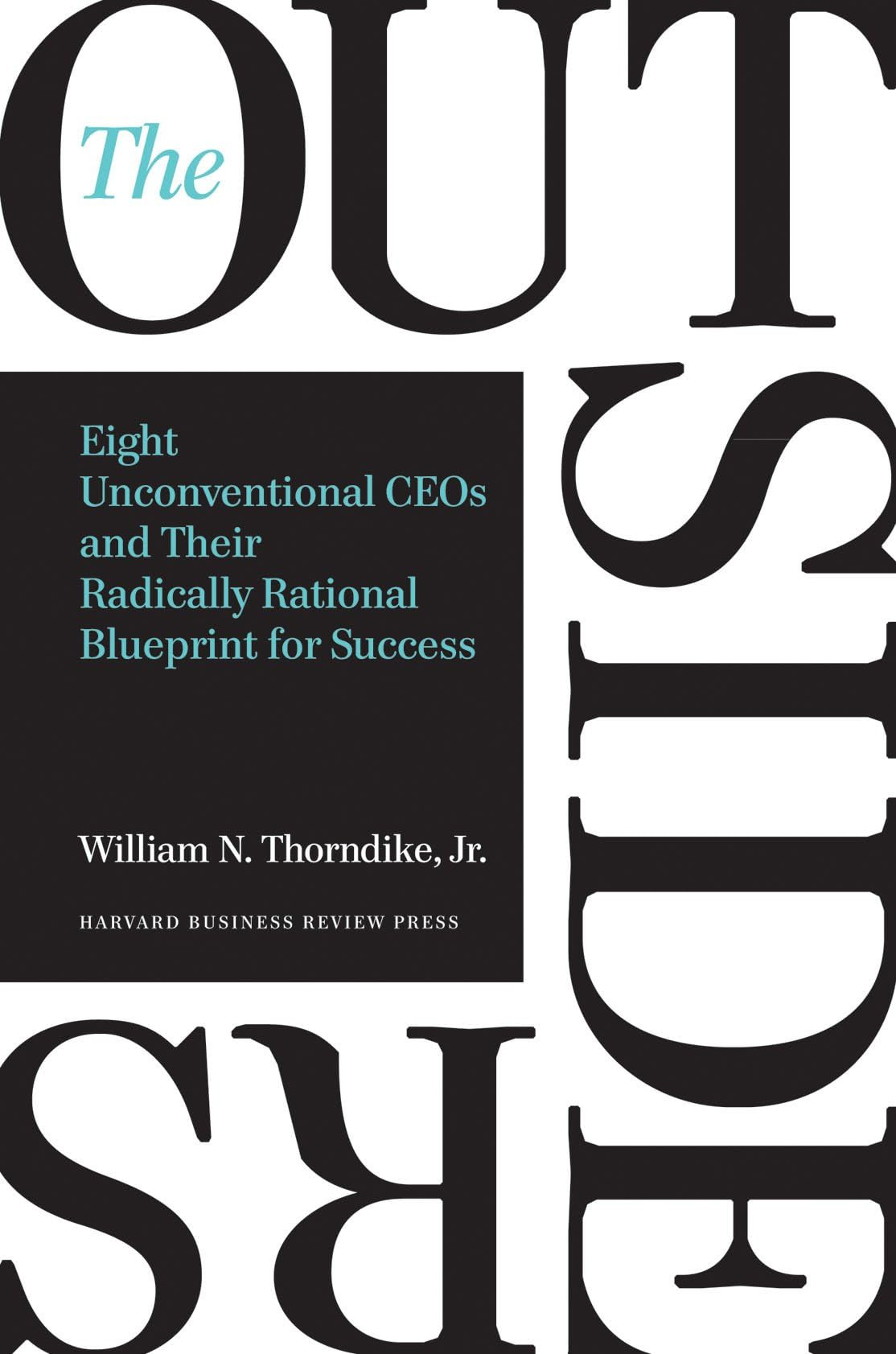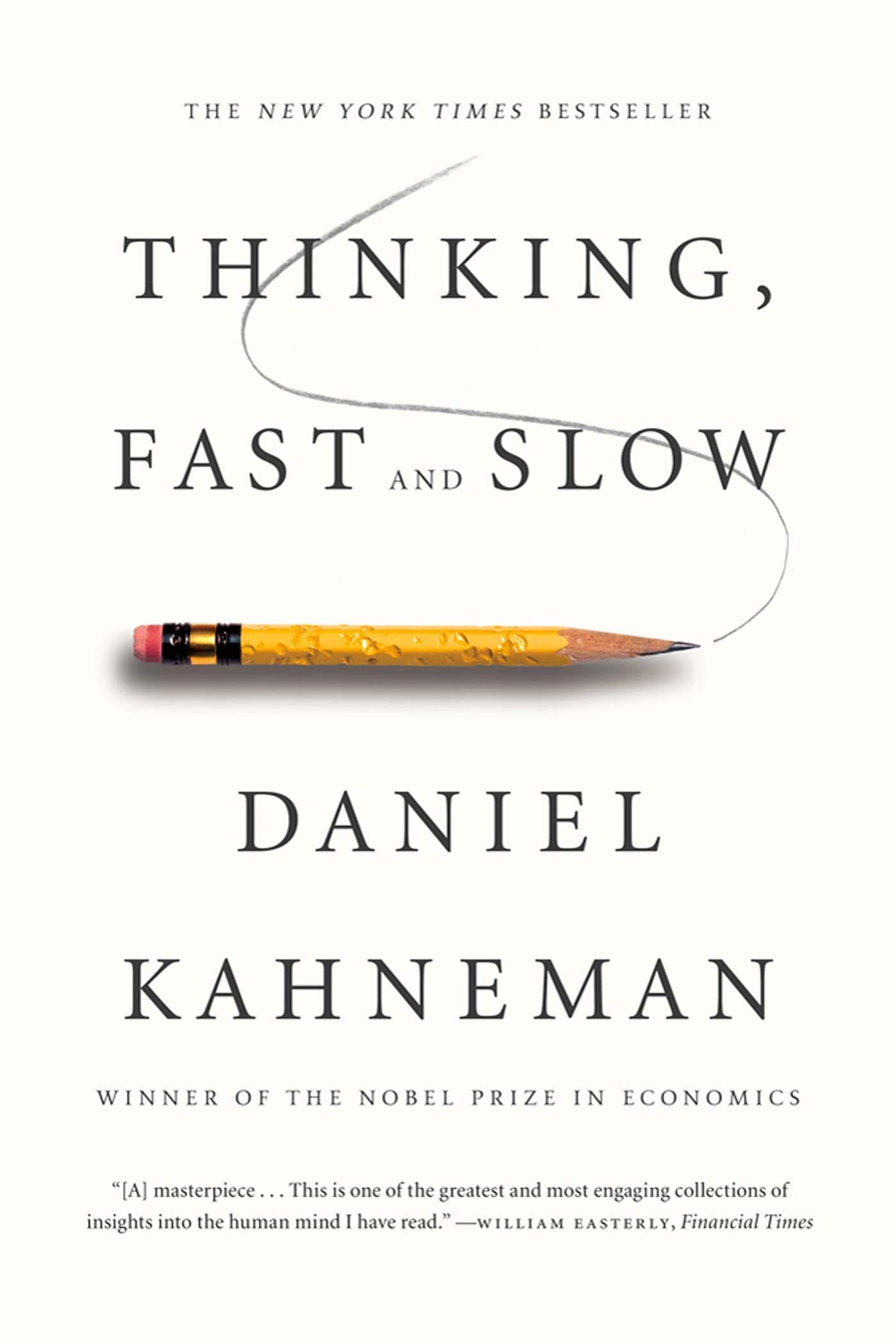7 Books To Be a Better Investor
100 posts down, 1000 to go!
This is my 100th post for Margin of Safety Investing.
I’m happy to say I look forward to the next 100. In reflection of my time as an investor (something like 17 years, let’s call it), I’ve grown a great deal from making mistakes (mainly), learning from others, having real life experiences, researching businesses and leaders, and finally from reading books.
“In my whole life, I have known no wise people (over a broad subject matter area) who didn't read all the time – none, zero”
Charlie Munger
I’ve read fewer books than I’d like to admit but enough that I’ve had a chance to reflect on what were truly the biggest influences on my improvement as an investor. Here they are, in no particular order:
The Snowball: Warren Buffett and the Business of Life
Schroeder’s biography doesn’t just chronicle Buffett’s track record. It shows how an obsession with compounding, rationality, and an almost monk-like focus on capital allocation shaped every decision he made. For the individual investor, the book is a master class in long-term thinking and illustrates why temperament often outweighs IQ in building enduring wealth.
One up on Wall Street
Peter Lynch demystifies stock-picking by teaching investors to “invest in what you know,” blending everyday observations with rigorous homework. His simple yet powerful categories (stalwarts, fast growers, turnarounds) give readers a practical framework for spotting mispriced gems before Wall Street catches on.
You can be a Stock Market Genius
Despite the playful title, Greenblatt delivers a street-smart manual on special situations: spin-offs, mergers, restructurings. Most amateurs ignore these (or they did before this book was published anyway). By revealing where the market is structurally inefficient, he equips individual investors with a niche playbook for achieving outsized returns without needing inside information.
The Outsiders
Thorndike profiles eight unconventional CEOs who compounded shareholder value through disciplined capital allocation rather than headline-grabbing growth. The takeaway for private investors is clear: great management often looks boring in real time but proves dazzling in hindsight; follow the cash, not the charisma.
Thinking Fast and Slow
Daniel Kahneman’s exploration of System 1 (intuition) and System 2 (reason) arm investors with a vocabulary for their own biases such as overconfidence, loss aversion, anchoring. These biases, unchecked, silently erode returns. Reading it makes every subsequent investment decision a little more self-aware, and therefore more rational.
100 Baggers
Chris Mayer distills common threads like sustained high returns on capital, long growth runways, shareholder-friendly cultures and relays them to stocks that delivered 100-to-1 gains. For investors, it reframes portfolio construction around possibility rather than mere probability, encouraging patience and conviction in truly scalable businesses.
Poor Charlies Almanack
Part memoir, part mental-model anthology, Munger’s collected talks hammer home multidisciplinary thinking and the power of avoiding stupidity over seeking brilliance. It’s a portable checklist of heuristics from economic, psychological, even biological domains that sharpen an investor’s judgment far beyond the balance sheet.
That’s all I have for now. Again, thanks to all those who have been reading my work. I look forward to continuing to publish more investment ideas and updates on the businesses that are interesting to me and hopefully are also to you!
100 posts, 1000 to go!









